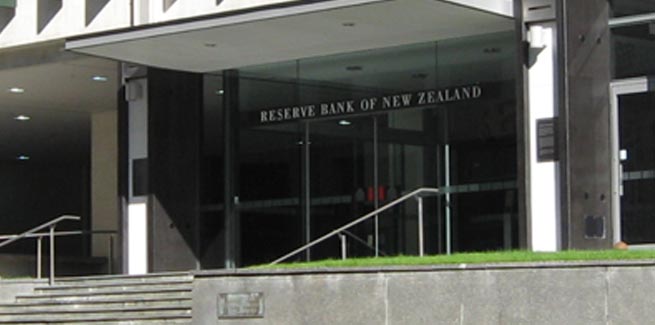Designed to assist in monetary policy and cash rate decisions, the Reserve Bank of New Zealand’s remit is a framework intended to guide the bank’s monetary policy committee in its operational and economic objectives.
Coming into legislative effect in April 2019 as a replacement to the policy target agreement, the remit’s then-main operational objectives were to maintain inflation between 1 and 3 per cent over the medium term and to support maximum sustainable employment.
RBNZ governor Adrian Orr said at the time the remit was “similar to the existing Policy Targets Agreement” and that it “recognises the role monetary policy plays in promoting the wellbeing of New Zealanders”.
In 2021, a replacement remit was introduced, adding the additional clause of supporting more sustainable house prices.
In a bid to maintain this focus, the RBNZ reviews its remit every five years, with this initial five-yearly review commencing earlier this week (1 June).
Subsequently, the RBNZ has confirmed that it has begun its initial round of consultations until 15 July.
RBNZ chief economist Paul Conway said that he encouraged New Zealanders to take part in this review process.
“Do people think the inflation target is about right? How should we go about supporting maximum sustainable employment? How relevant are major economic trends under public discussion, such as house price sustainability, distributional outcomes, or climate change? We hope to see a wide range of views,” he said.
The review comes at a time when New Zealand is facing a surging rate of inflation.
According to the country’s official data agency, Stats NZ Tatauranga Aotearoa, New Zealand’s consumer price index (CPI) was recorded at 6.9 per cent for the March quarter.
The RBNZ said in April that New Zealand’s CPI is expected to peak “around 7 per cent in the first half of 2022”.
The country’s highest-ever inflation rate was recorded during June 1990 at 7.6 per cent.
In response, the RBNZ has been incrementally lifting its official cash rate (OCR) faster and higher than initially expected.
Last month, the central bank marked its fifth consecutive hike, lifting its OCR from 1.5 per cent to 2 per cent – the highest reported since November 2016.
The RBNZ said at the time it would “continue to lift” the OCR at pace to a level that will bring inflation within the target range, and that the extent and timing of future increases would depend on its economic outlook and potential for major risks.
[Related: NZ lifts interest rates]
